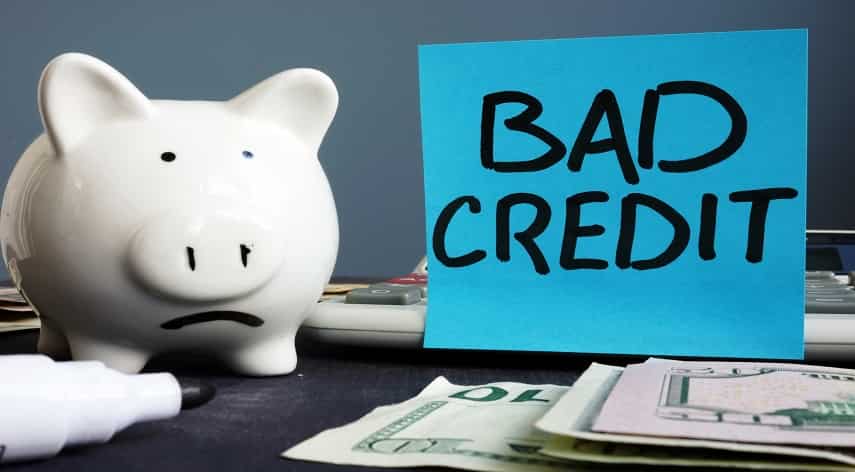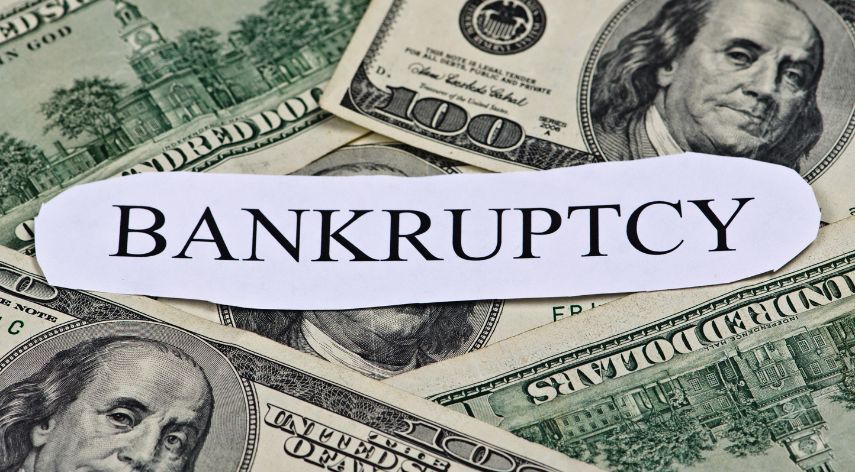How to Fix Bad Credit

Is your FICO credit score below 670?
You have bad credit, and it’s probably making your financial life unbearable. Bad credit doesn’t just make it harder for you to secure loans at friendly interest rates. Lenders can flat-out reject your loan application, landlords can deny your tenancy application, and you can even fail to land certain jobs.
There’s a silver lining, though. Bad or poor credit isn’t a permanent sentence. It’s possible to raise your score and put your credit in good or even excellent standing.
Eager to learn how to fix bad credit? Read on!
Table of Contents
ToggleHave a Closer Look at Your Credit
You may know that you have bad credit, perhaps after being turned down by a lender, but do you know the exact score? A 2019 survey established that about 40 percent of American consumers don’t know their credit score.
Get a copy of your credit report and find your score. How bad is it? On the FICO score, bad credit ranges from 580-669, while poor credit ranges from 300-579.
If your score is closer to 669, you have a great chance of moving up to good credit within a short time, but a lot will depend on what caused your credit to drop in the first place. If your score is languishing just above 300, don’t lose hope. It’s fixable.
While on your credit report, look out for these common errors. Some errors can be the reason your credit score is bad, and once they’re fixed, you’ll regain the points you lost. Sometimes fixing an error on your credit report can be all it takes to move from bad credit to good credit.
Pay Off Debts in Default
If someone has bad or poor credit, it’s most likely that they have defaulted on some of their loans.
When you take out a loan, be it a personal loan, student loan, mortgage, or car loan, you have an obligation to repay it fully, and on time. If you miss a payment or default altogether, your lender will report the information to credit reporting agencies. Consequently, there will be a negative hit on your credit.
This is why paying off debts in default is an effective way to fix bad credit. The result won’t be immediate, though. It can take several billing cycles after you’ve settled the outstanding debt for your credit score to improve.
Build Your Payment History
Now that you’ve settled your debts, you need to focus on building your payment history. Payment history makes up 35 percent of your credit score. This makes it the most impactful credit factor.
You can do that by taking out personal loans for bad credit or a secured credit card. As you make repayments on time, your history of paying up what you owe will improve, leading to a gradual increase in your credit score.
That’s How to Fix Bad Credit
As a credit-active consumer, your credit score is your life. Unfortunately, it can drop to the red zone, leaving you unable to secure loans. With this guide on how to fix bad credit, however, you now know some of the biggest steps you can take to remedy the situation.
All the best and keep reading our blog for more personal finance tips.
Alfred Williams, a distinguished business writer, navigates the corporate landscape with finesse. His articles offer invaluable insights into the dynamic world of business. Alfred's expertise shines, providing readers with a trustworthy guide through the complexities of modern commerce.
Recommended For You
Spread the loveIn the ever-expanding digital landscape, online trading platforms have become a staple for savvy consumers looking to explore
Spread the loveHave you heard about fiat-to-crypto exchange? One area that continually captures the attention of both seasoned investors and
Spread the loveMuch like any skill you master, financial stability sometimes requires a bit of practice. In the world of





